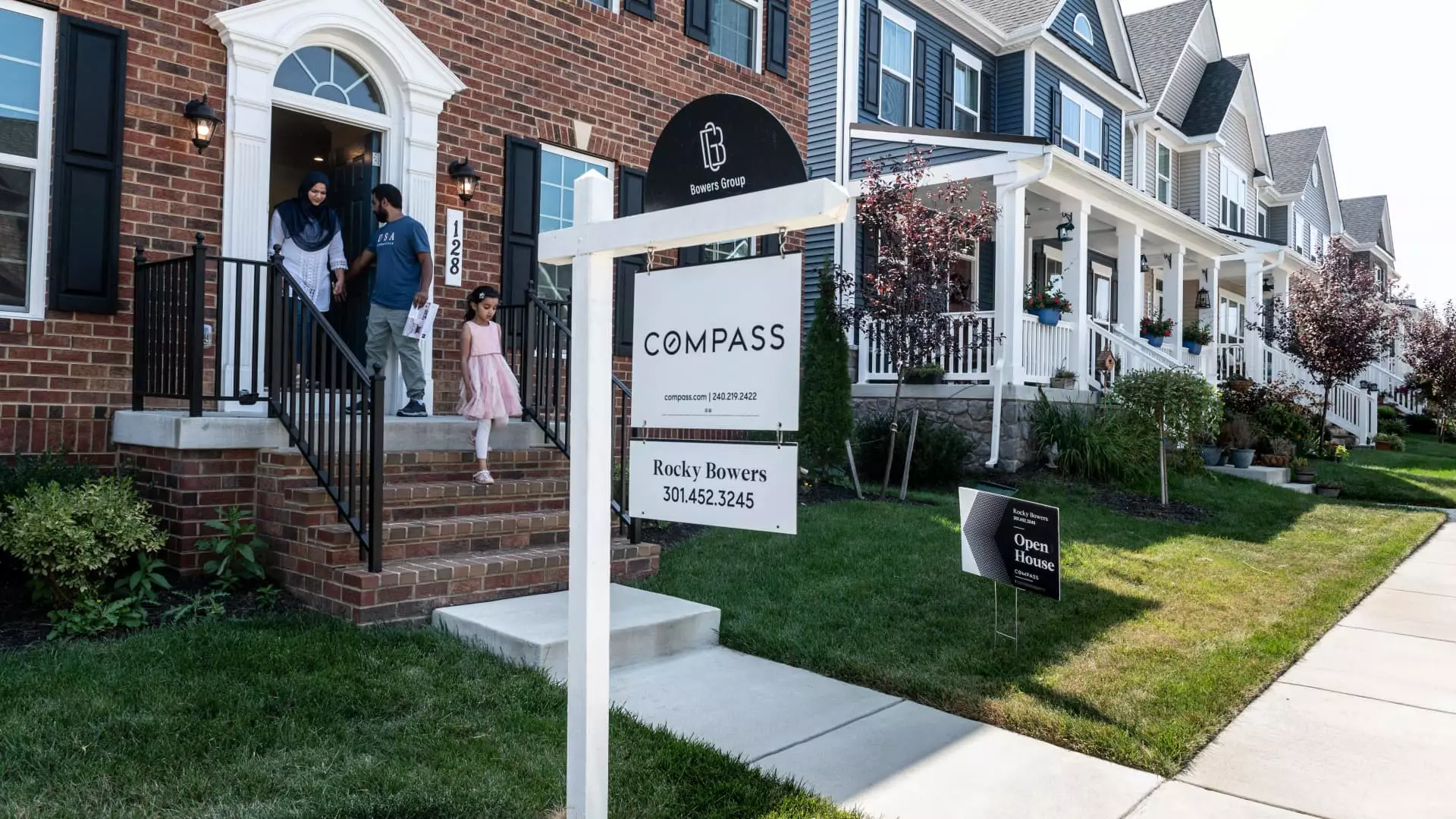The spring housing market is facing unexpected challenges this year, as prices continue to rise and competition remains fierce. Despite higher mortgage rates, which typically cool the market, home prices have continued to climb due to a shortage of available homes for sale. This shortage is primarily caused by current homeowners who are reluctant to sell their homes, as the cost of moving up to a new property has become increasingly prohibitive.
While the average rate on a 30-year fixed mortgage has fluctuated over recent months, reaching as high as 8% and then dropping to the 6% range, the market has not experienced the anticipated cooling effect. Sales of newly built homes have increased, indicating strong demand despite the higher interest rates. However, pending sales of existing homes have declined, mainly due to the lack of available inventory.
Current homeowners are facing a “lock-in effect,” where the cost of moving to a more expensive home has significantly increased. Traditionally, upgrading to a home that is 25% more expensive would result in a 40% increase in the monthly payment. However, in today’s market, this percentage has skyrocketed to 132%, making it financially unfeasible for many homeowners to make a move. This has led to a significant shortage of homes for sale, further driving up prices.
Regional Disparities in Affordability
The impact of rising mortgage rates and the lock-in effect varies across different regions. In cities like Buffalo, New York, moving up to a more expensive home can result in a 108% increase in monthly payments, while in San Jose, California, the increase can be as high as 161%. Lower rates could potentially alleviate some of these affordability challenges, making moves more reasonable for homeowners. However, until the fundamental supply-demand mismatch is addressed, the market will continue to face inventory shortages and affordability issues.
Record-High Home Prices and Million-Dollar Cities
The latest data from CoreLogic indicates that home prices in February were 5.5% higher than they were a year ago, with the price gain from January to February almost double the usual rate. This has led to a record-high number of “million-dollar” cities in the U.S., where the typical home is worth $1 million or more. The increase in million-dollar cities reflects the ongoing trend of rising home values, despite the challenges posed by higher mortgage rates and supply shortages.
The spring housing market is experiencing a unique set of challenges this year, with higher prices, limited inventory, and affordability issues affecting both buyers and sellers. While mortgage rates play a significant role in market dynamics, the underlying issue of supply shortage and the lock-in effect on homeowners are key factors driving the current trends. Addressing these challenges will be crucial in achieving a more balanced and sustainable housing market in the future.

